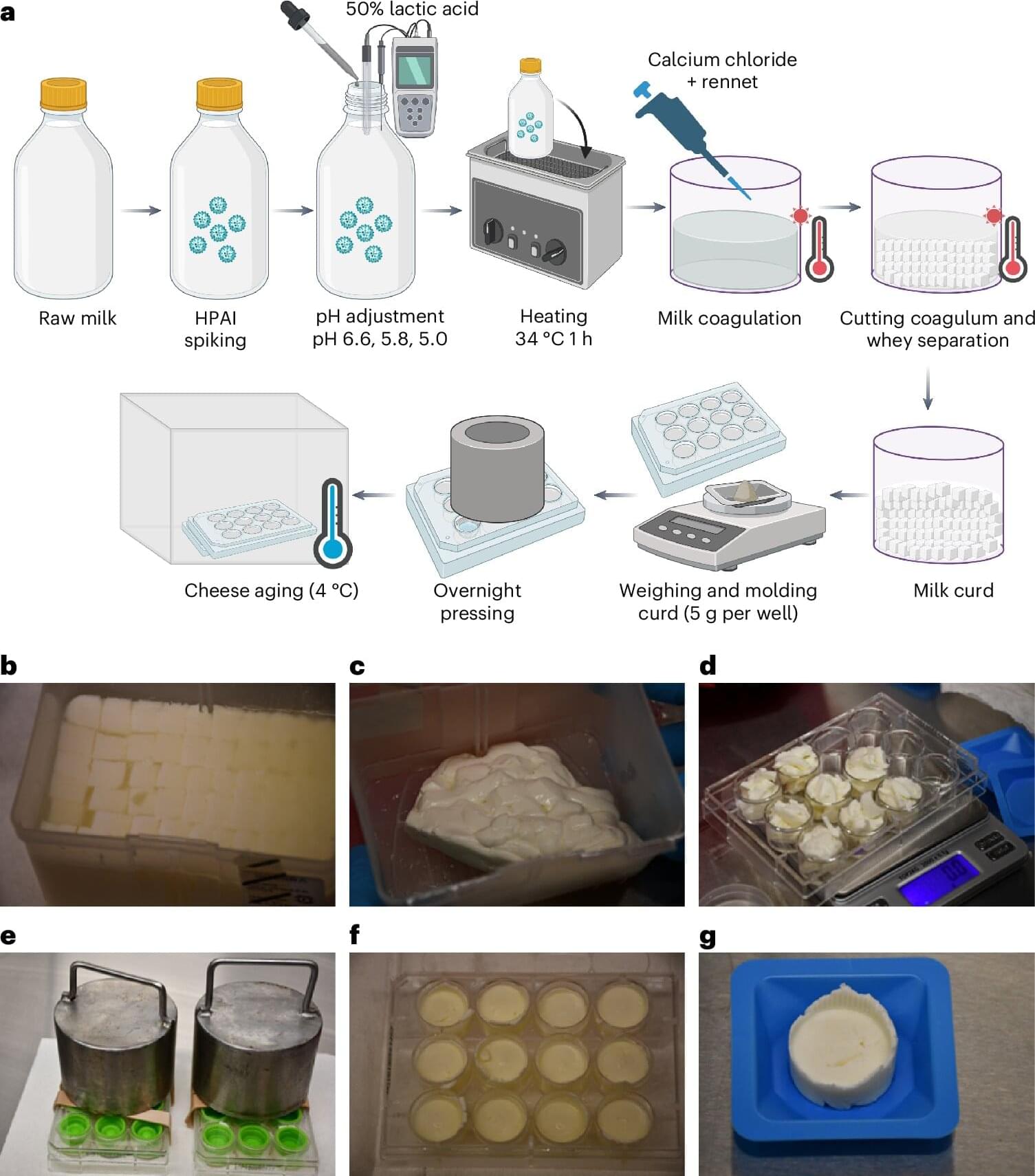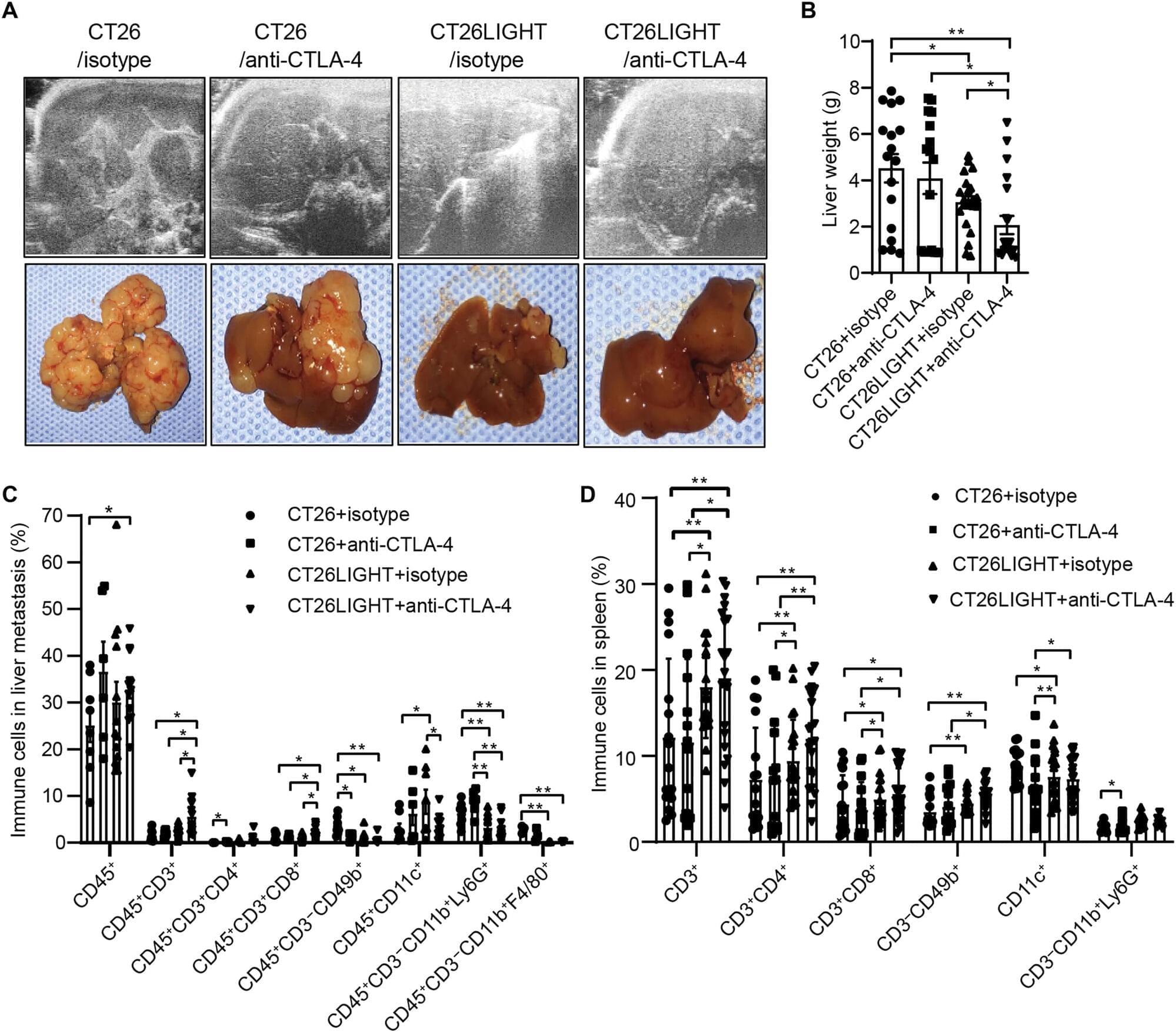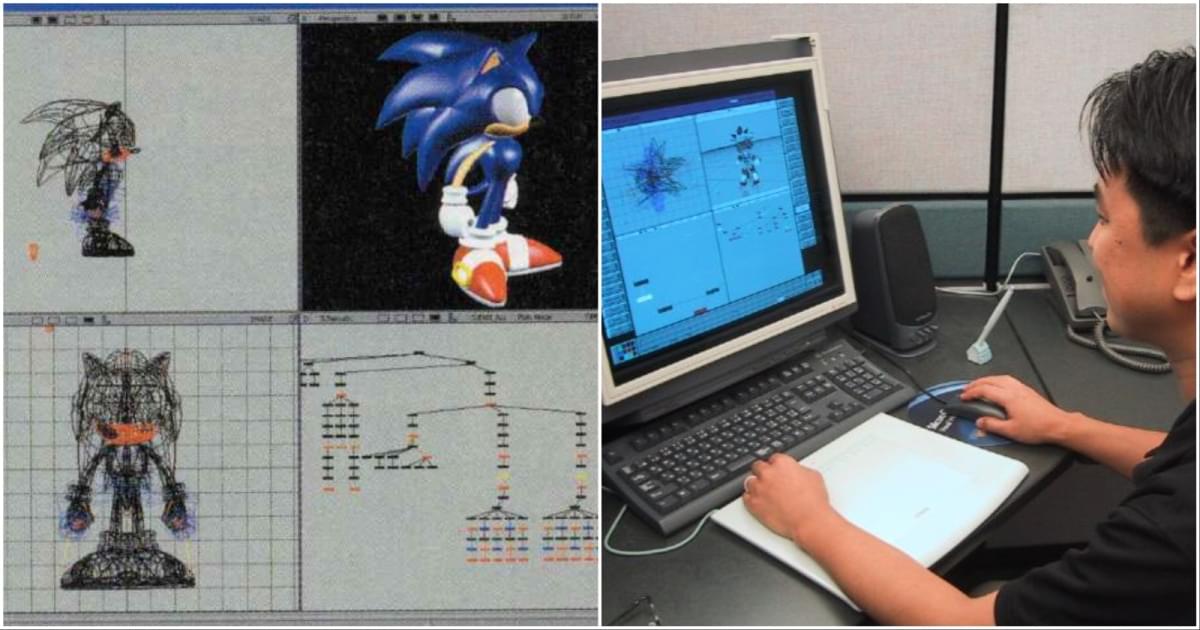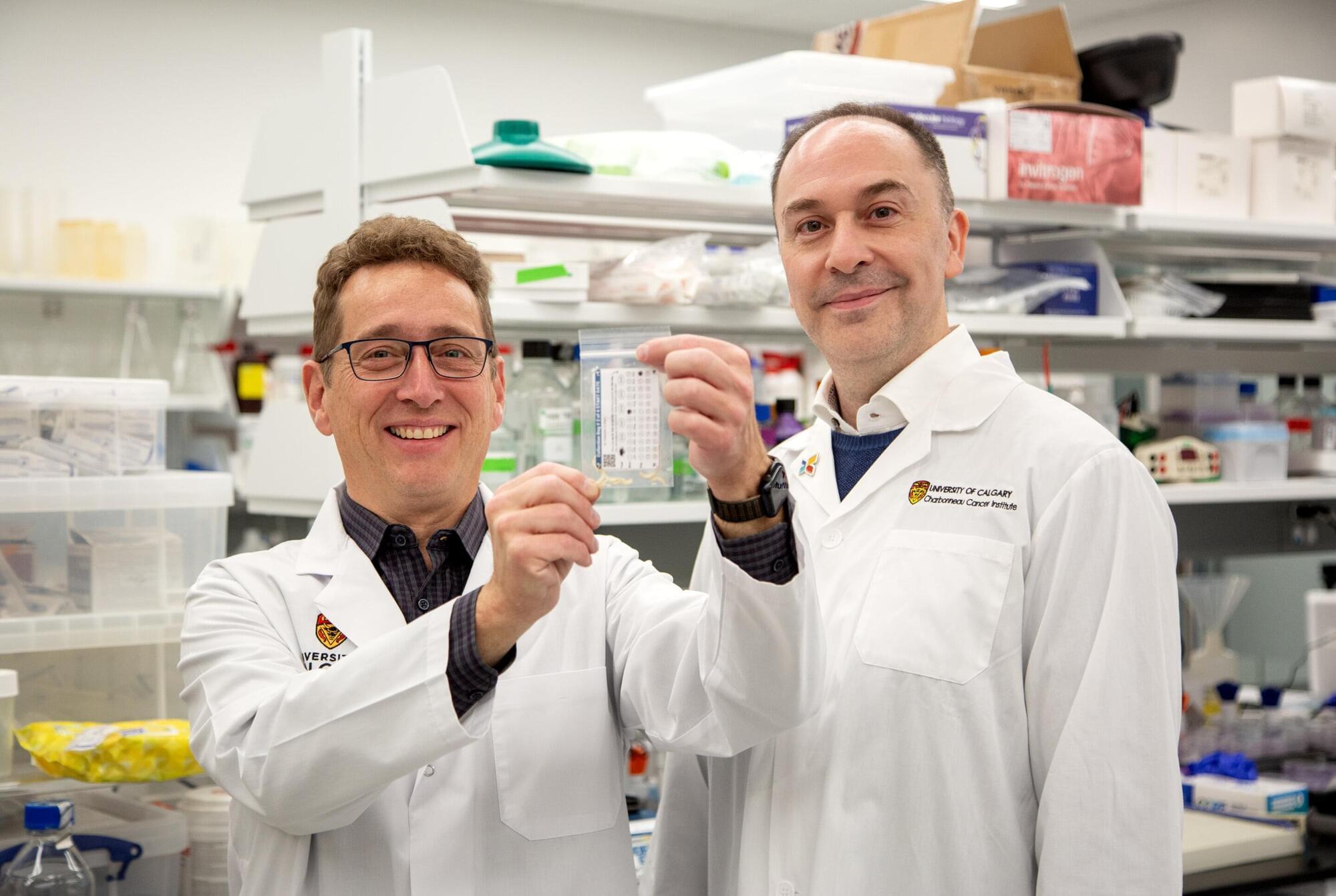Blind and low-vision programmers have long been locked out of three-dimensional modeling software, which depends on sighted users dragging, rotating and inspecting shapes on screen.
Now, a multiuniversity research team has developed A11yShape, a new tool designed to help blind and low-vision programmers independently create, inspect and refine three-dimensional models. The study is published on the arXiv preprint server.
The team consists of Anhong Guo, assistant professor of electrical engineering and computer science at the University of Michigan, and researchers from the University of Texas at Dallas, University of Washington, Purdue University and several partner institutions—including Gene S-H Kim of Stanford University, a member of the blind and low-vision community.







